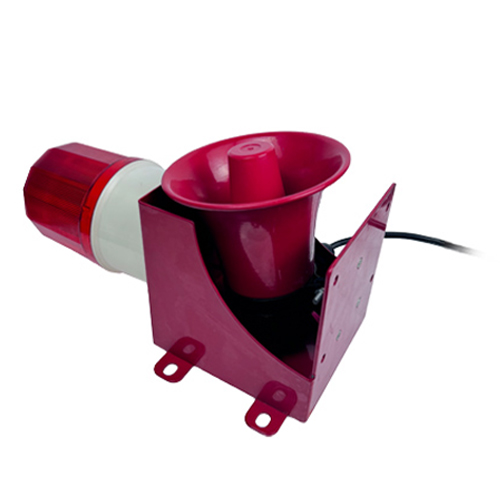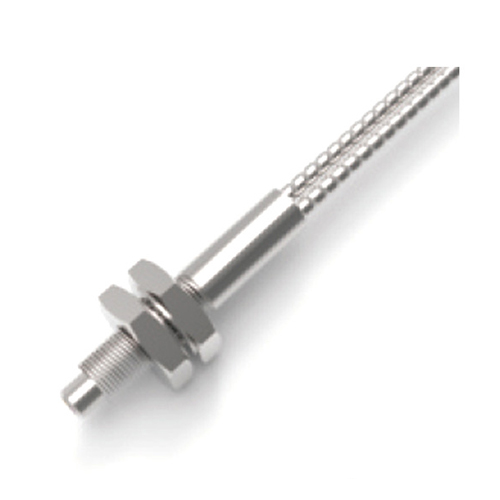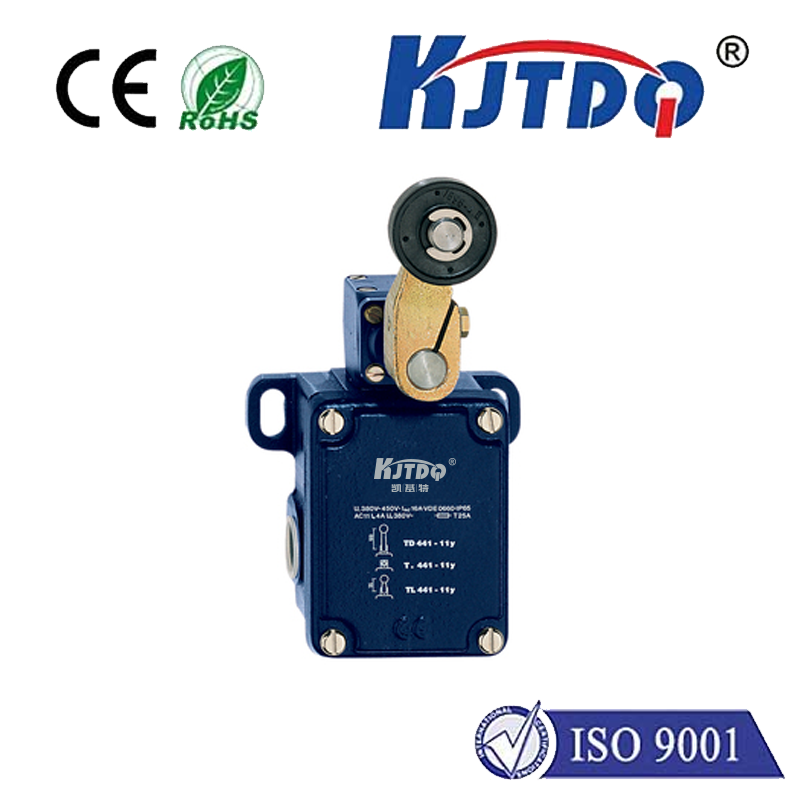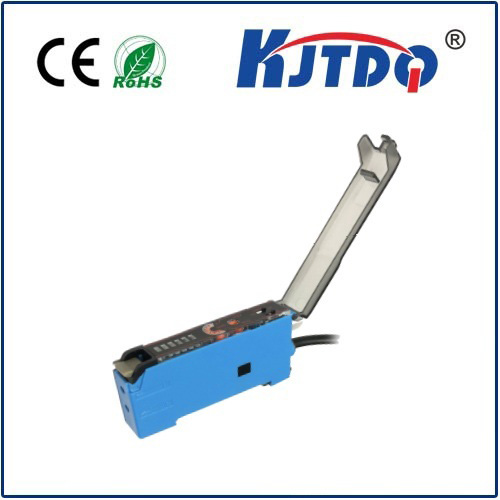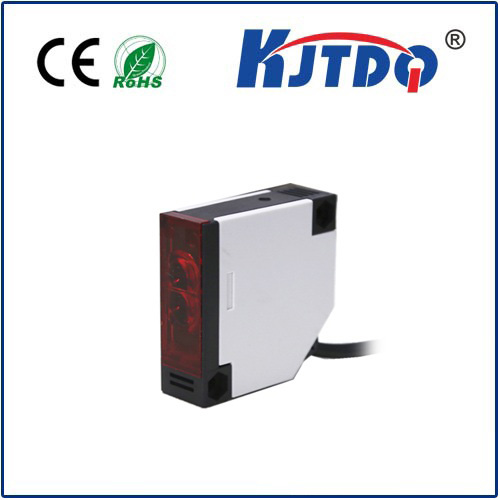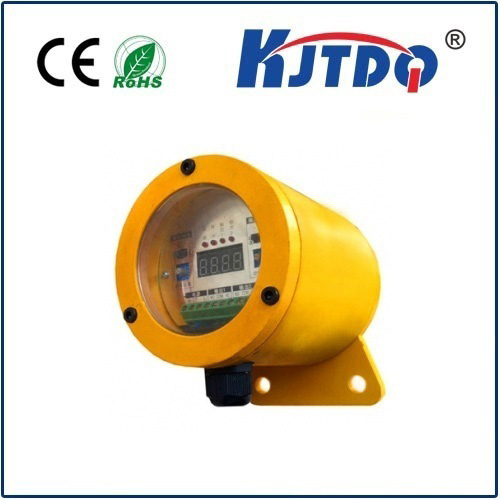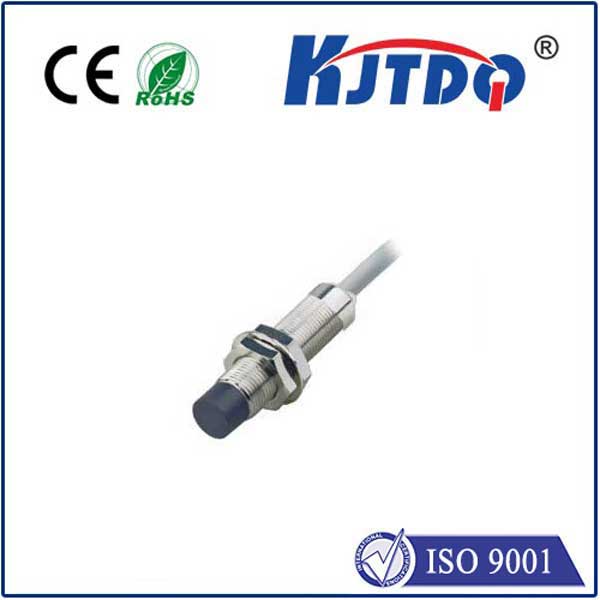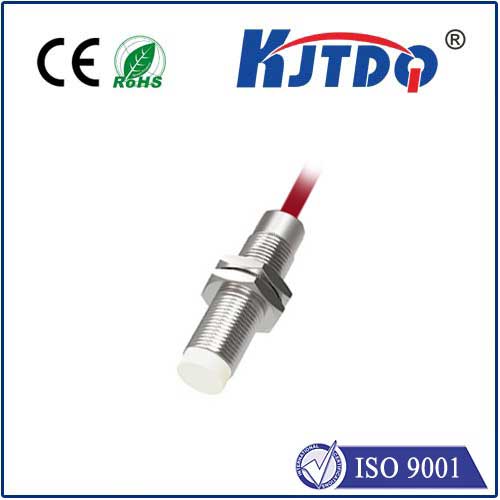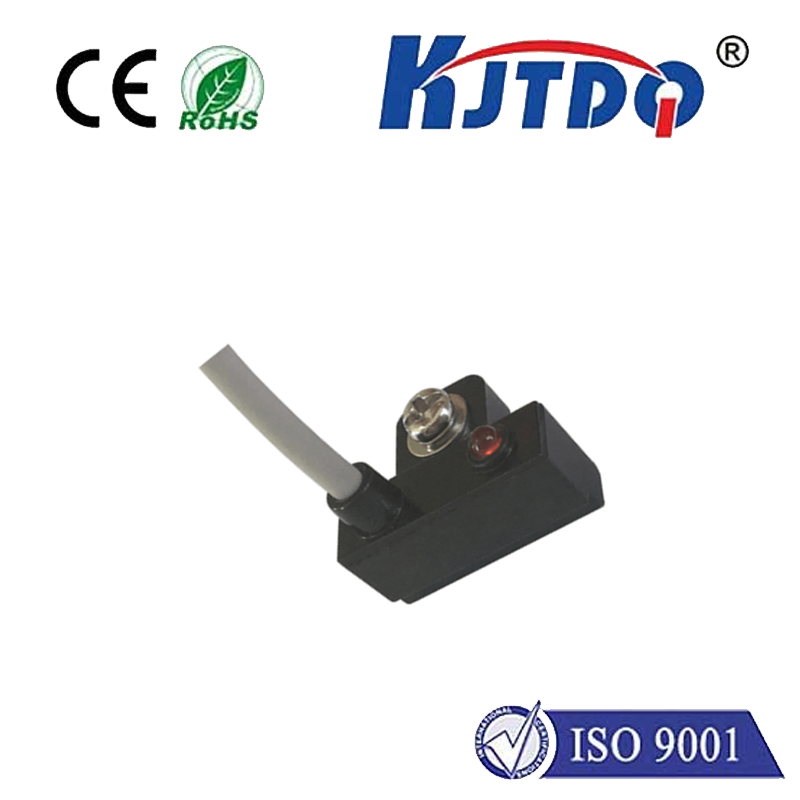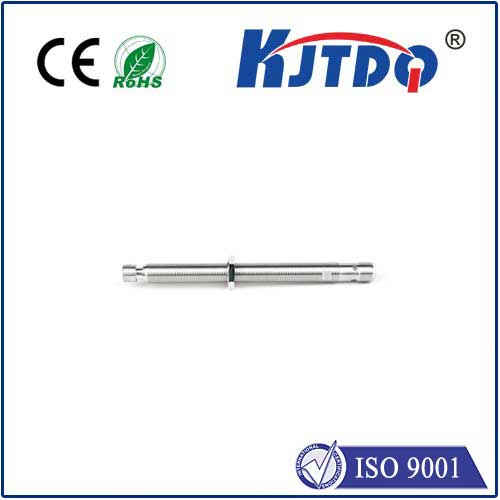

check

check

check

check

check

check

check

check

check

check
As technology continues to advance, so does the range of sensors available for various applications. One such sensor is the capacitive occupancy sensor, which has gained popularity due to its versatility and accuracy in measuring room occupancy. In this article, we will explore the advantages and applications of capacitive occupancy sensors and how they are revolutionizing industries such as retail, healthcare, and residential spaces.
Section 1: What is a Capacitive Occupancy Sensor?
A capacitive occupancy sensor is a non-contact device that uses capacitance to determine the presence of people or objects within a space. It works by measuring changes in electrical potential across a surface when an object or person passes through it. The sensor emits a low-frequency signal that triggers a change in the voltage detected by the circuitry. This change is then used to calculate the number of occupants present in the space.
Section 2: Advantages of Capacitive Occupancy Sensors
There are several advantages to using capacitive occupancy sensors over other types of sensors, including:
1. Non-invasive: Unlike ultrasonic or infrared sensors that rely on sound waves or heat signatures, capacitive sensors do not require physical contact with individuals or objects, making them less invasive and more comfortable for users.
2. High accuracy: Capacitive sensors can accurately measure the occupancy of a space down to individual persons or objects, even in crowded areas. They do not suffer from interference from external sources, such as noise or electromagnetic fields.
3. Easy installation: Capacitive sensors can be easily integrated into existing building infrastructure without requiring any major modifications. They can be installed on walls, floors, or ceilings and can be controlled remotely via a smartphone app or voice command.
4. Cost-effective: Compared to other types of sensors, capacitive sensors are relatively inexpensive and can save costs in terms of maintenance and replacement over time.
Section 3: Applications of Capacitive Occupancy Sensors
The versatility of capacitive occupancy sensors has made them widely used in a variety of industries, including:
1. Retail: Capacitive sensors can be used in supermarkets, malls, and other retail spaces to monitor traffic flow and optimize store layouts. They can also be used to detect theft or loitering by monitoring entrances and exits.
2. Healthcare: In hospitals and other healthcare facilities, capacitive sensors can be used to monitor patient flow, track the movement of medical equipment, and ensure compliance with safety protocols. They can also be used to identify patients who may be at risk of falls or other accidents.
3. Residential spaces: Capacitive sensors can be used in apartments, homes, and other residential spaces to monitor energy consumption, detect intruders, and provide remote access control for security systems. They can also be used to optimize heating and cooling systems based on occupancy levels.
Conclusion: The rise of capacitive occupancy sensors has revolutionized the way we monitor and manage different spaces. With their accuracy, ease of use, and cost-effectiveness, these sensors offer numerous benefits across various industries. As technology continues to evolve, we can expect further advancements in the capabilities and applications of capacitive occupancy sensors
